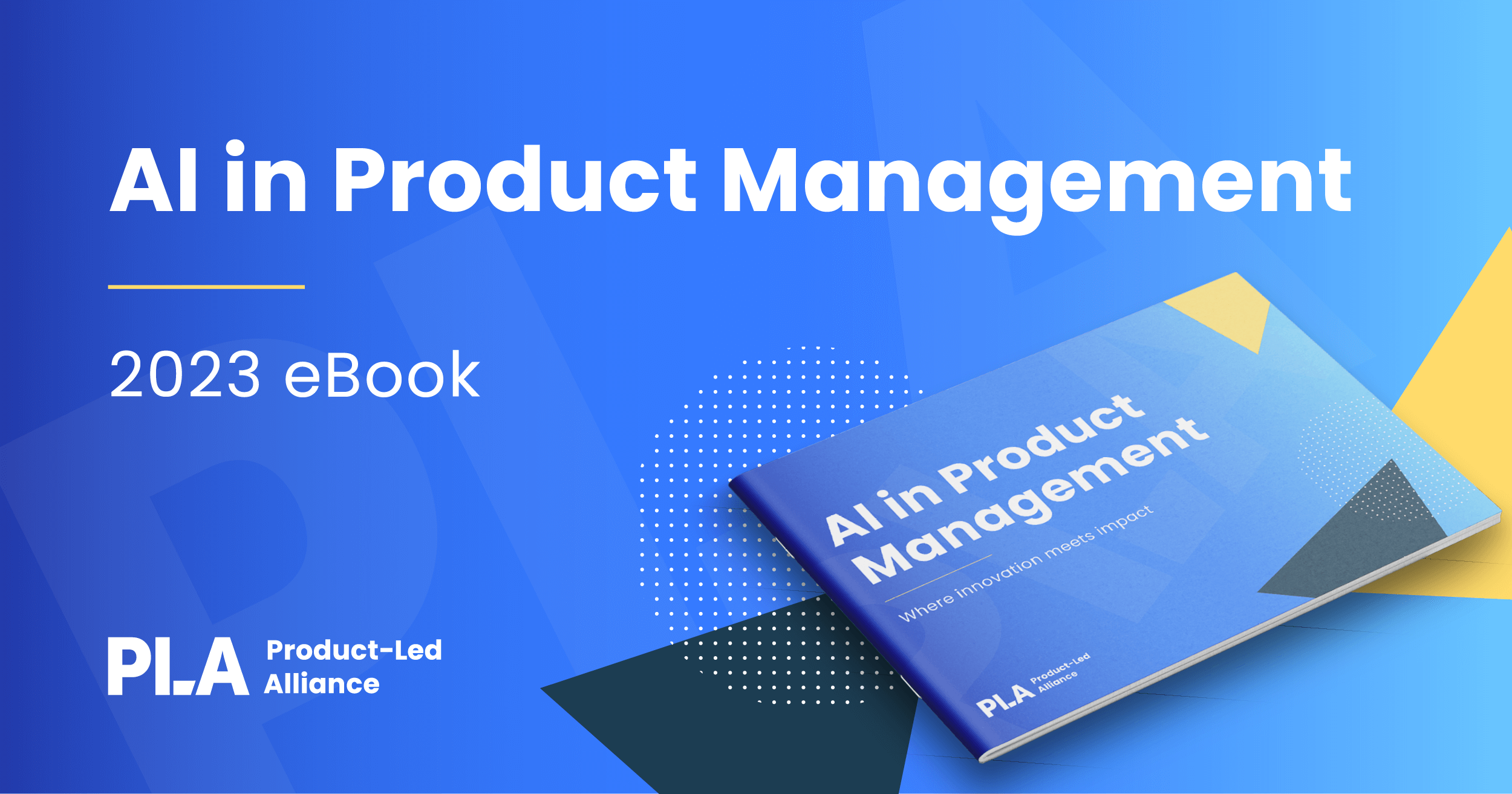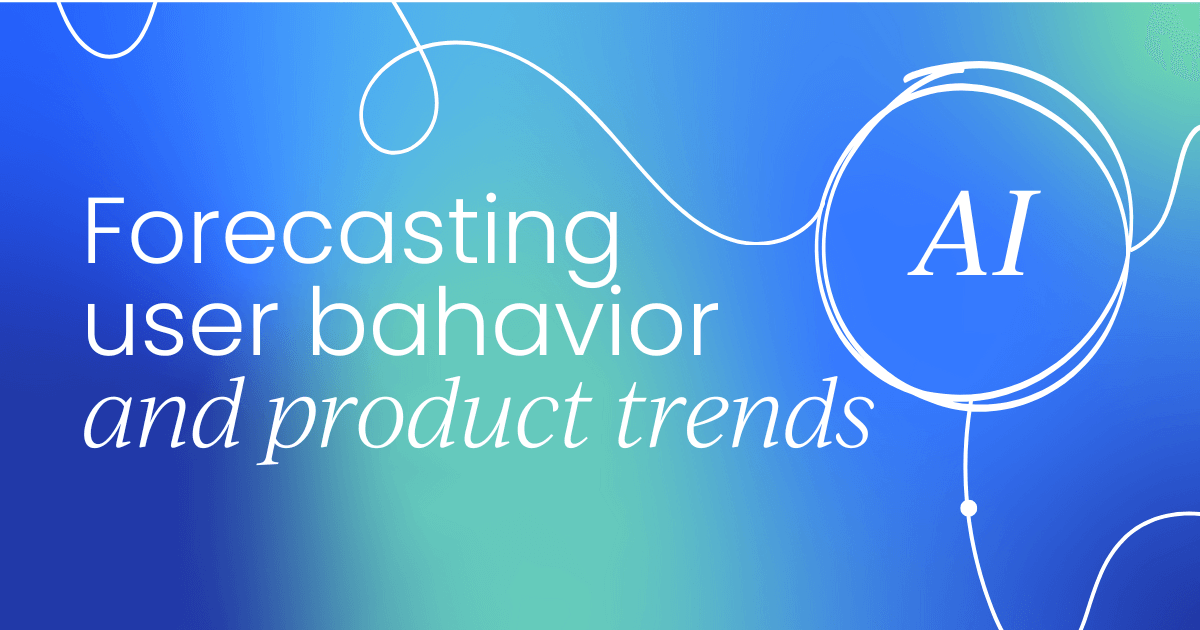Predictive analytics has become a buzzword, and for good reason. It represents a powerful toolkit for businesses looking to forecast user behavior and product trends. By leveraging data and sophisticated algorithms, companies can make informed decisions that drive growth, improve customer satisfaction, and stay ahead of the competition.
So, how do you jump into predictive analytics? Which tools and software should you explore, and how can you use them to understand user behavior and identify trending products?
What is predictive analytics?
Predictive analytics involves using historical data, statistical algorithms, and machine learning techniques to identify the likelihood of future outcomes. Your aim is to look at what has happened to glimpse into what will happen going forward. It's like having a crystal ball backed by data and not magic.
Predictive analytics tools and software
To make predictive analytics work, you need the right tools and software. These tools can handle large datasets, perform complex calculations, and provide actionable insights. Here are some of the most popular predictive analytics tools and software:
- IBM SPSS Modeler: Known for its user-friendly interface and robust capabilities, SPSS Modeler is widely used in various industries for predictive modeling.
- SAS Advanced Analytics: SAS provides a suite of analytics tools that can handle everything from data mining to forecasting and optimization.
- RapidMiner: This platform is popular for its ease of use and powerful machine-learning capabilities. It supports data prep, model building, and deployment.
- Python and R: For those who prefer coding, Python and R offer extensive libraries for statistical analysis and machine learning, such as scikit-learn, TensorFlow, and caret.
- Tableau: While primarily a data visualization tool, Tableau's advanced analytics capabilities make it a valuable asset for predictive analytics.
Prescriptive vs. predictive analytics: What's the difference?
Predictive analytics is often confused with prescriptive analytics, but they serve different purposes. Predictive analytics uses historical data to forecast what might happen in both the long and short term. In contrast, prescriptive analytics goes a step further to recommend actions you should take to achieve desired outcomes. Think of predictive analytics as telling you what will happen, while prescriptive analytics advises you on what you should do about it.
Predicting user behavior
Understanding user behavior is crucial for any business. It helps companies tailor their products, services, and marketing strategies to meet the needs and preferences of their customers. By predicting user behavior, businesses can enhance customer satisfaction, increase loyalty, and boost sales.
User behavior tracking
Tracking user behavior involves collecting data on how users interact with your website, app, or product. This data can include:
- Page views: Which pages users visit the most.
- Click paths: The sequence of clicks users make.
- Time spent: How long users stay on certain pages or features.
- Interaction: How users interact with various elements, like buttons or forms.
- Purchase history: What products users buy and how frequently.
Analyzing user behavior
Once you have collected user behavior data, the next step is analysis. Predictive analytics tools can help here by identifying patterns and trends that indicate future behavior. For example:
- Churn prediction: Identifying users who are likely to stop using your product.
- Purchase prediction: Forecasting which users are likely to buy a particular product.
- Personalization: Recommending products or content based on past behavior.
Case Study: Netflix
Netflix is a prime example of a company that excels at predicting user behavior. By analyzing viewing habits, Netflix can recommend shows and movies that users are likely to enjoy. This not only enhances the user experience but also keeps viewers engaged, reducing churn rates.
Finding trending products
Staying ahead of product trends can give businesses a competitive edge. By identifying and capitalizing on trends early, companies can meet customer demand more effectively and capture market share.
Finding trending products involves a combination of market research, data analysis, and sometimes a bit of intuition. Here are some strategies:
- Social media monitoring: Platforms like Twitter, Instagram, and TikTok can be goldmines for spotting trends. Tools like Hootsuite and Sprout Social can help track trending hashtags and topics.
- Google Trends: This tool allows you to see how search interest for specific terms has changed over time. It's a great way to identify emerging trends.
- Sales data analysis: Analyzing your own sales data can reveal which products are gaining popularity. Look for spikes in sales or consistent growth in certain categories.
- Customer feedback: Your customers provide valuable insights. Reviews, surveys, and customer service interactions can highlight what people like and want more of.
- Competitive analysis: Keeping an eye on your competitors can also help you spot trends. If a competitor is experiencing a surge in sales for a particular product, it might be worth investigating.
Case Study: Amazon
Amazon's recommendation engine is a key factor in its success. By analyzing customer purchase history and browsing behavior, Amazon can recommend products that are likely to be popular. This not only increases sales but also helps Amazon stay ahead of trends.
The future of predictive analytics
Predictive analytics is continually evolving, thanks to advancements in technology and data science. Here are some trends to watch:
AI and machine learning
Artificial intelligence and machine learning are transforming predictive analytics. These technologies can handle larger datasets and more complex algorithms, leading to more accurate predictions.
Real-time analytics
By using the most up-to-date data, businesses can make decisions based on that information. Real-time analytics can provide up-to-the-minute forecasts, enabling companies to respond quickly to changes in user behavior or market trends.
Integration with other systems
Predictive analytics is becoming more integrated with other business systems, such as CRM and ERP software. This integration allows for a more holistic view of the business and more accurate predictions.
Ethical considerations
As predictive analytics becomes more powerful, ethical considerations are increasingly important. Businesses must ensure they use data responsibly and protect user privacy.
Conclusion
Predictive analytics is a game-changer for businesses looking to forecast user behavior and product trends. By leveraging the right tools and software, you can gain valuable insights that drive growth and improve customer satisfaction. Whether it's predicting user behavior, tracking emerging trends, or integrating with other business systems, predictive analytics offers a powerful toolkit for staying ahead in a competitive market.
Are you ready to dive headfirst into the exciting realm where AI and product management collide?
Introducing our AI Product Manager's eBook – your ultimate guide to navigating the ever-evolving landscape of product management in the age of artificial intelligence.




 Follow us on LinkedIn
Follow us on LinkedIn




